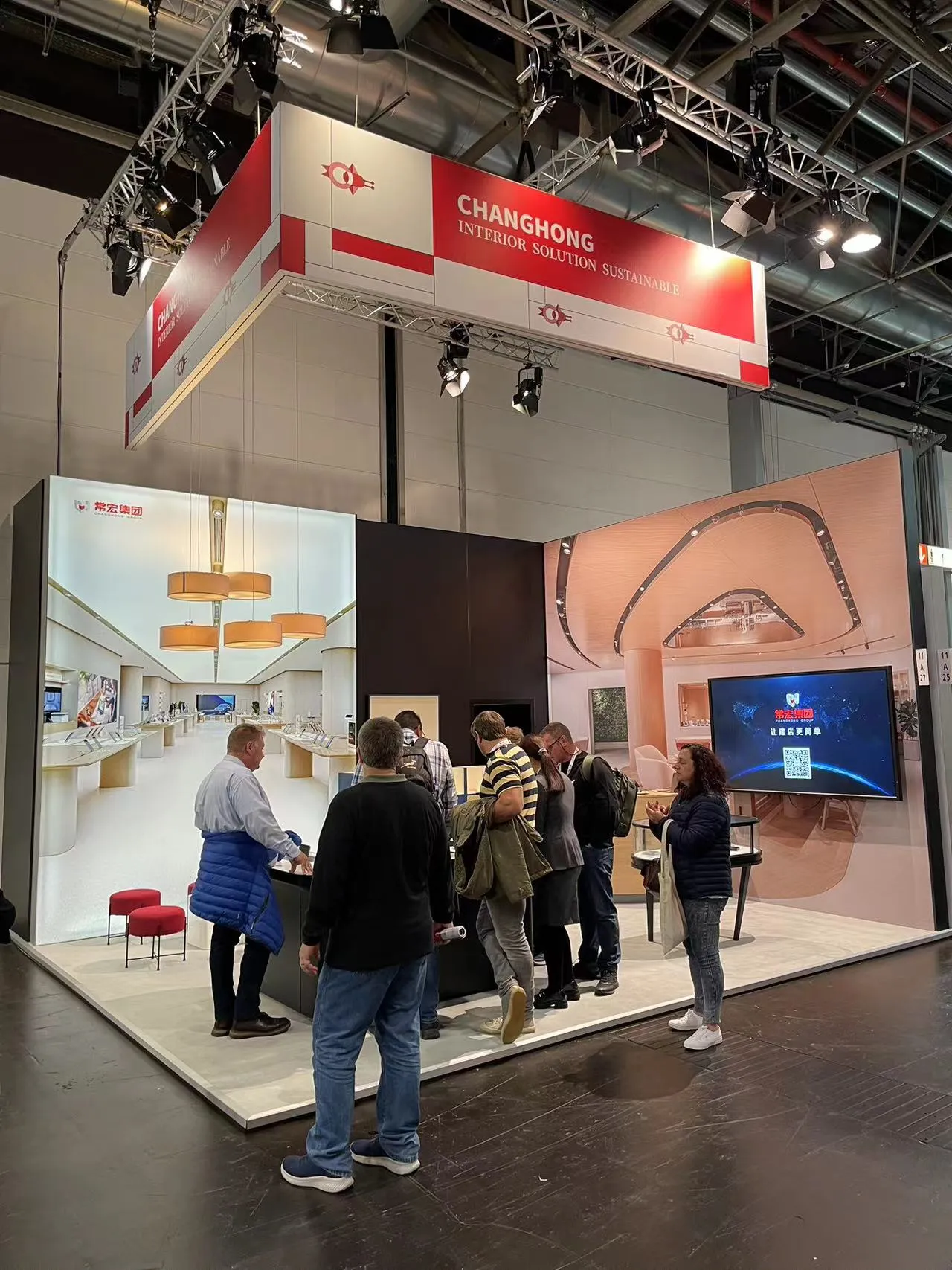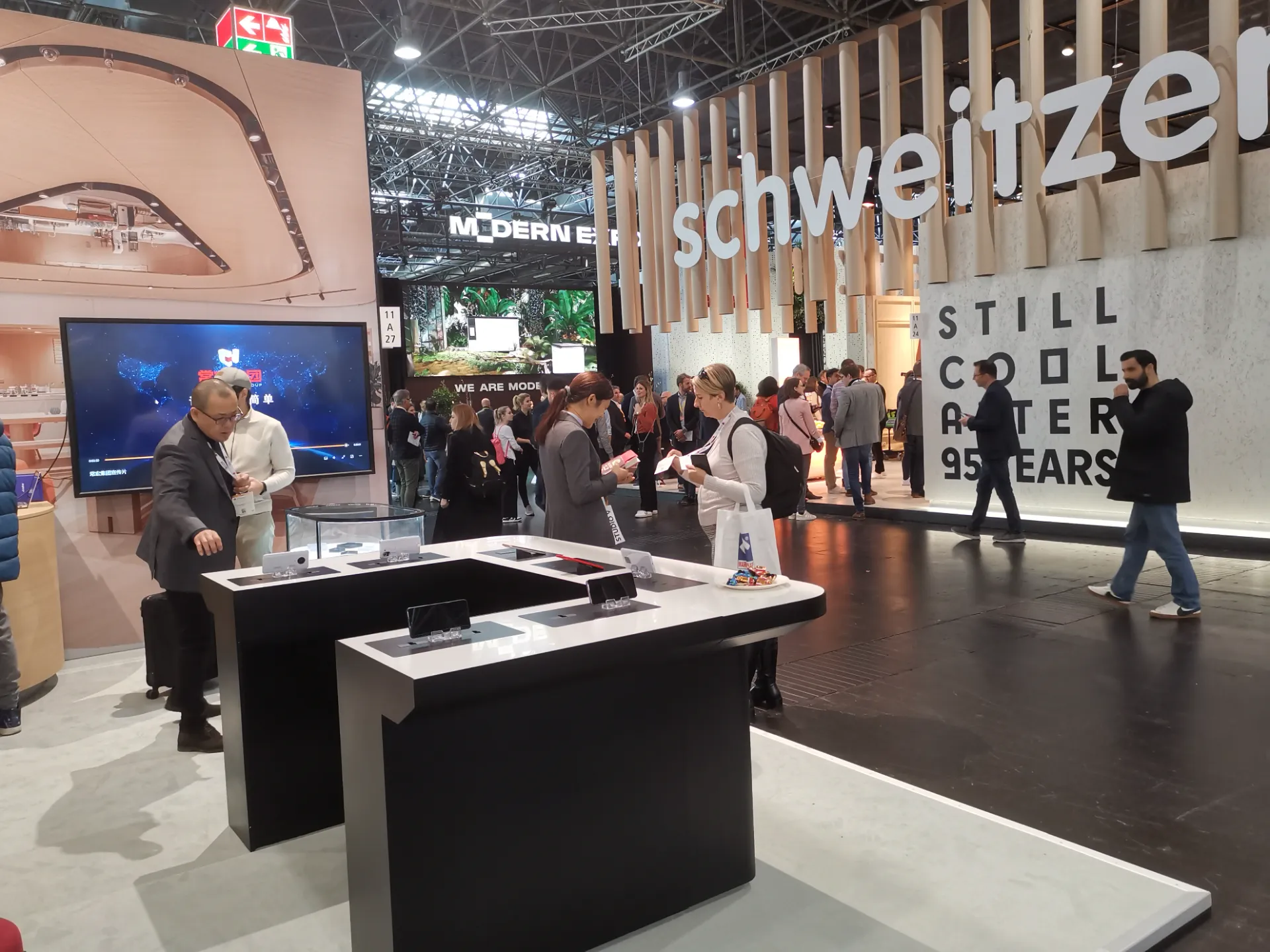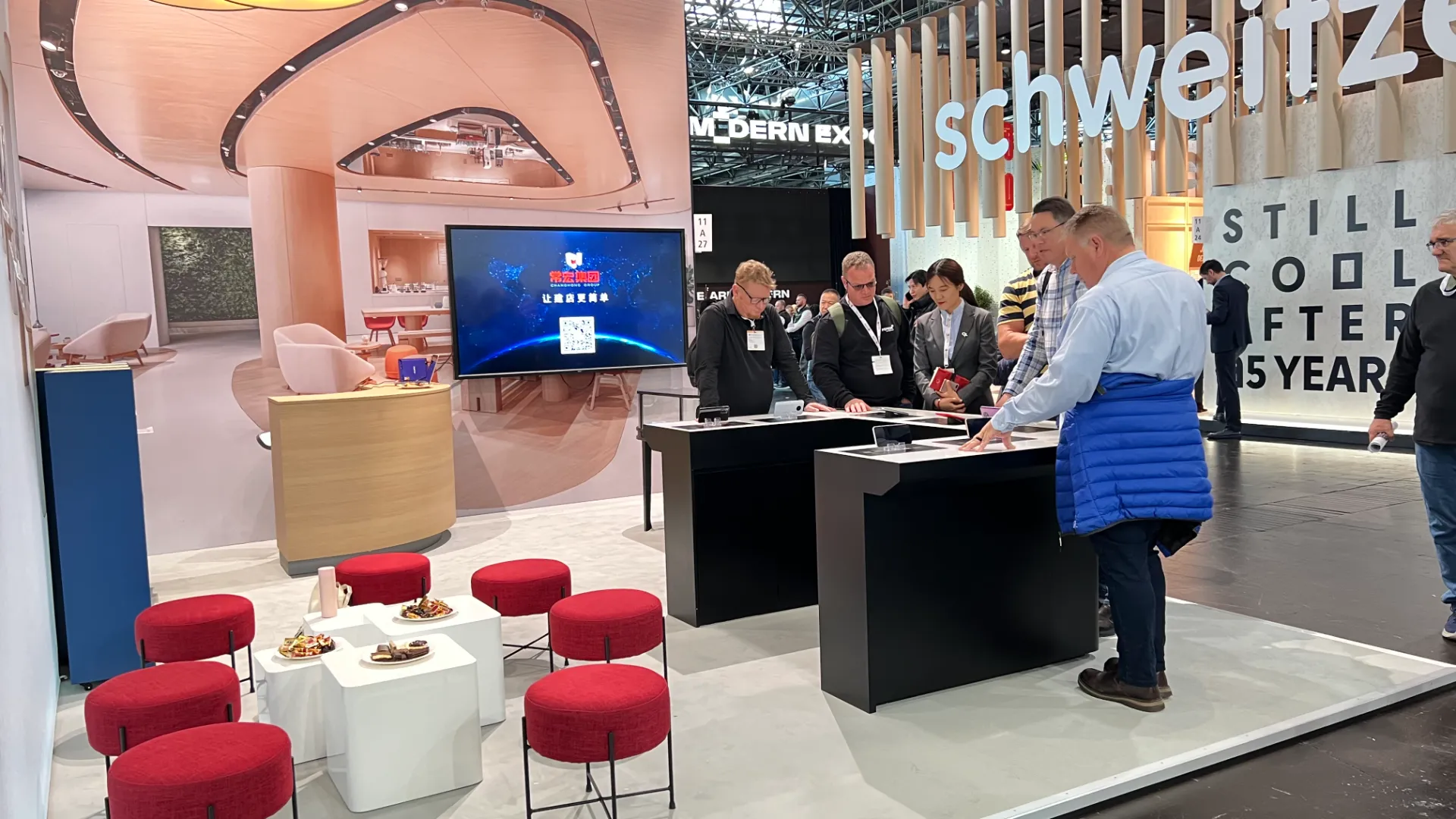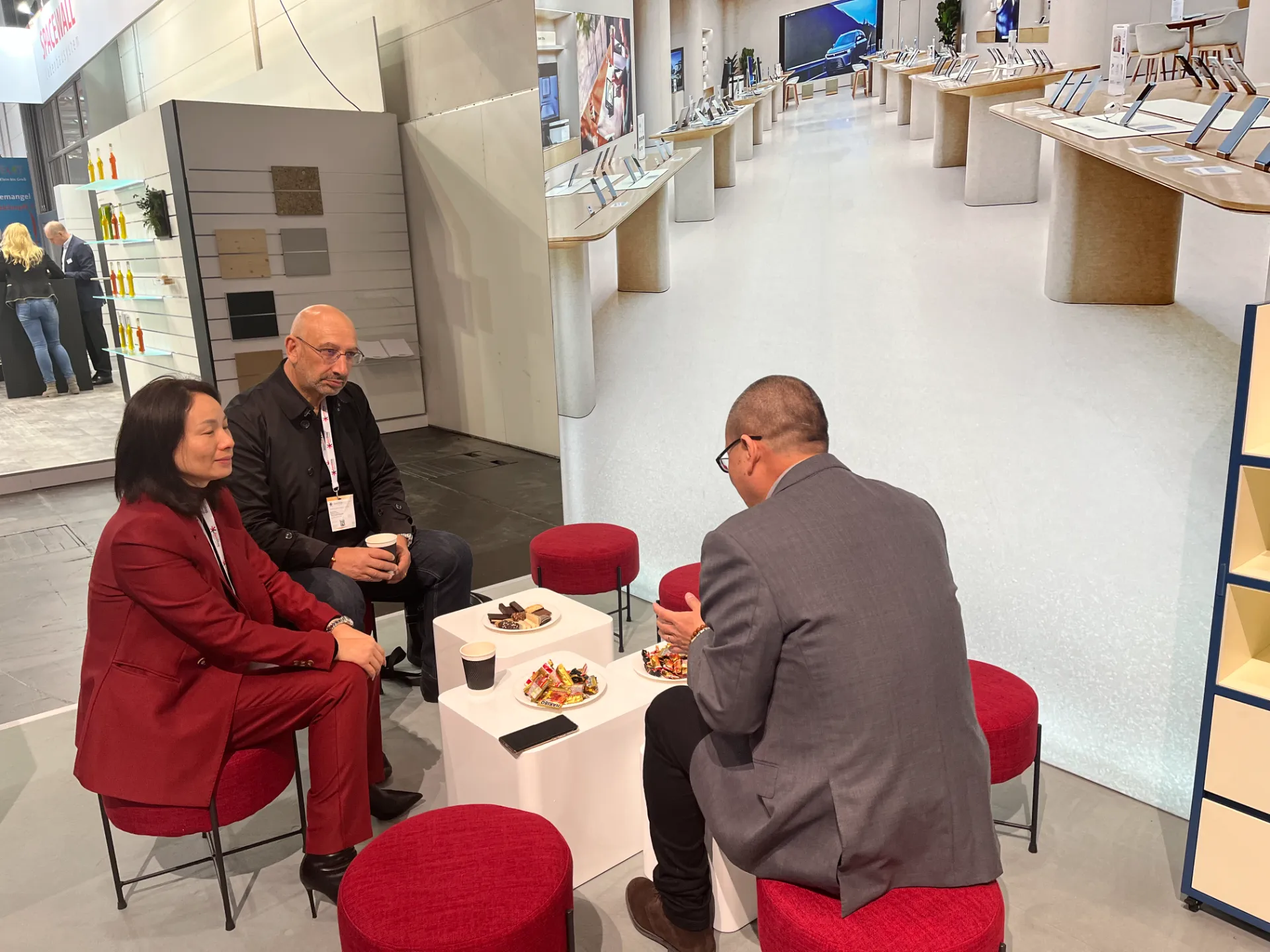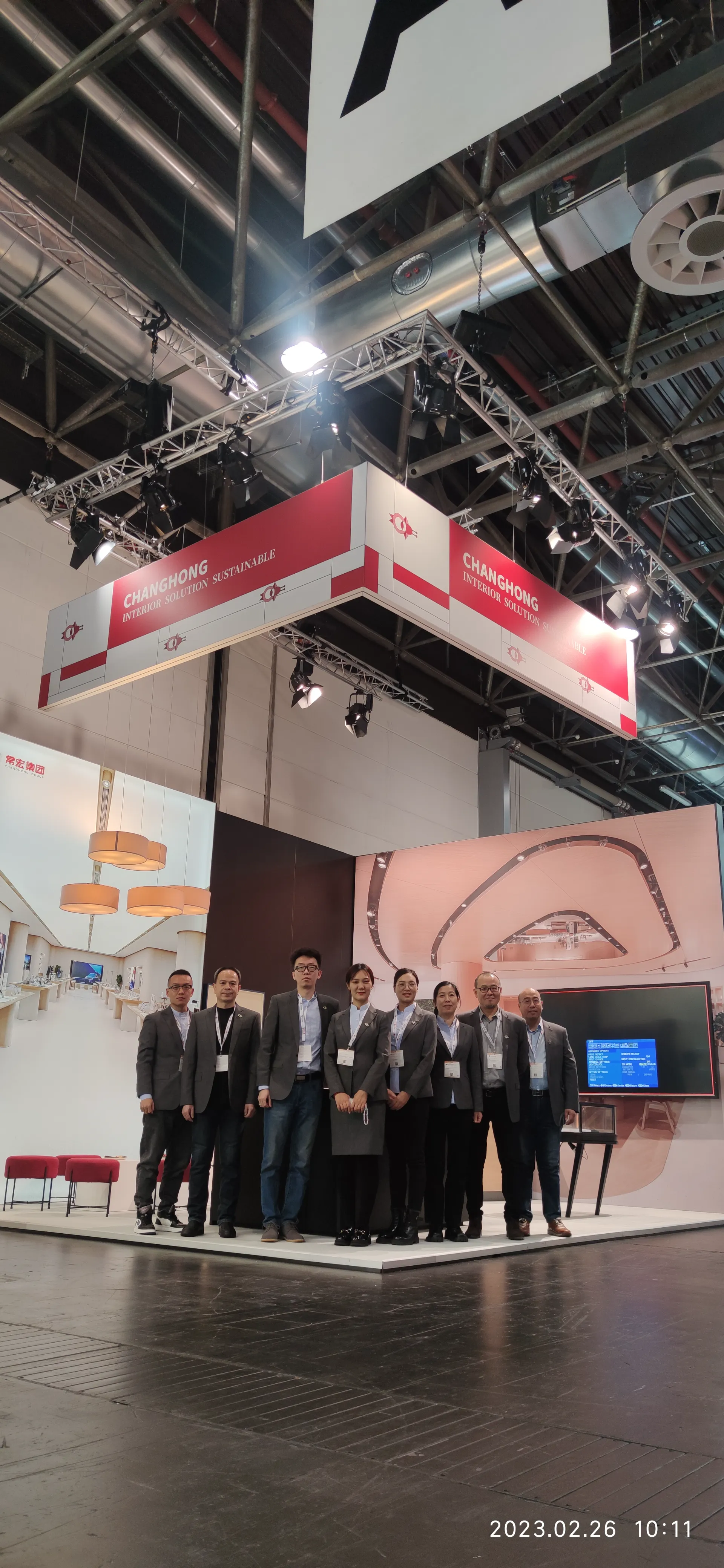Jul . 26, 2024 14:40 Back to list
Showcase Your Creativity with Stunning Glass Models for Home and Office Decoration Ideas
Showcase Glass Models The Art of Presentation
In the realm of design and display, showcase glass models have emerged as a captivating way to present art, collectibles, fashion items, and innovative products. These glass models not only serve as a functional display but also elevate the aesthetic experience, drawing in viewers and inspiring admiration. This article explores the significance, design elements, and applications of showcase glass models in various contexts.
The Importance of Showcase Glass Models
Showcase glass models play a crucial role in the presentation of items. Their transparency allows for an unobstructed view, enabling viewers to appreciate the intricate details and craftsmanship of the displayed objects. Whether in museums, retail stores, or exhibitions, glass showcases create a sense of elegance while protecting items from dust, fingerprints, and potential damage, thus merging functionality with beauty.
Moreover, the use of glass as a display medium accentuates the visual appeal of the item within it. It creates a sense of ethereality and sophistication, enhancing the viewer's overall experience. When strategically lit, the reflections and refracted light through glass add an interactive dimension to the display, making it more engaging and inviting.
Design Elements of Showcase Glass Models
When it comes to designing showcase glass models, various elements come into play. The choice of glass type is paramount. Clear tempered glass is often favored for its durability and clarity, while frosted glass can provide a more muted presentation, ideal for certain artistic displays. The framing and base materials also influence the model's overall aesthetic. Wood, metal, or acrylic bases can enhance the piece's appeal, depending on the context and the items being displayed.
showcase glass model

Size and scale are equally important; a larger showcase can make a bold statement, whereas smaller models can offer an intimate experience, allowing viewers to closely examine the details. Lighting is another crucial factor; strategically placed LEDs can create dramatic effects, highlighting specific features of the item and guiding the viewer's eye.
Applications in Various Contexts
Showcase glass models are versatile and can be found in numerous settings. In museums, they house priceless artifacts, art pieces, and historical items, allowing for enhanced visibility and protection. Retail environments utilize glass showcases to highlight merchandise, from luxury watches to intricate jewelry, positioning them as focal points that attract customers.
In the world of fashion, glass showcases are often employed at runway shows and boutique displays, presenting clothing and accessories in a manner that accentuates style and exclusivity. Additionally, in corporate settings, these models can be used to display awards, trophies, or innovative prototypes, reinforcing a company's identity and achievement.
Conclusion
The impact of showcase glass models transcends mere aesthetics; they are a thoughtful blend of art and practicality that enhances the visibility of the displayed objects. With their ability to protect, accentuate, and engage, showcase glass models have carved a significant niche in various industries. As design continues to evolve, these glass displays will undoubtedly remain a vital tool for showcasing creativity and craftsmanship. Their allure lies not just in what they hold but in how they invite viewers to journey into the stories encapsulated within each piece, celebrating the art of presentation.
-
The Benefits of Electronic Shelf Labels for Modern Stores
NewsJul.01,2025
-
Space-Saving Retail Store Furniture Designs for Small Shops
NewsJul.01,2025
-
Slatwall vs. Gridwall: Which Store Fixture is Right for Your Business?
NewsJul.01,2025
-
Shop Fittings: Essential Elements for a Functional Retail Space
NewsJul.01,2025
-
How to Design a Minimalist Cosmetic Shop Display
NewsJul.01,2025
-
Creative Clothes Shop Display Ideas to Attract More Customers
NewsJul.01,2025














































































































